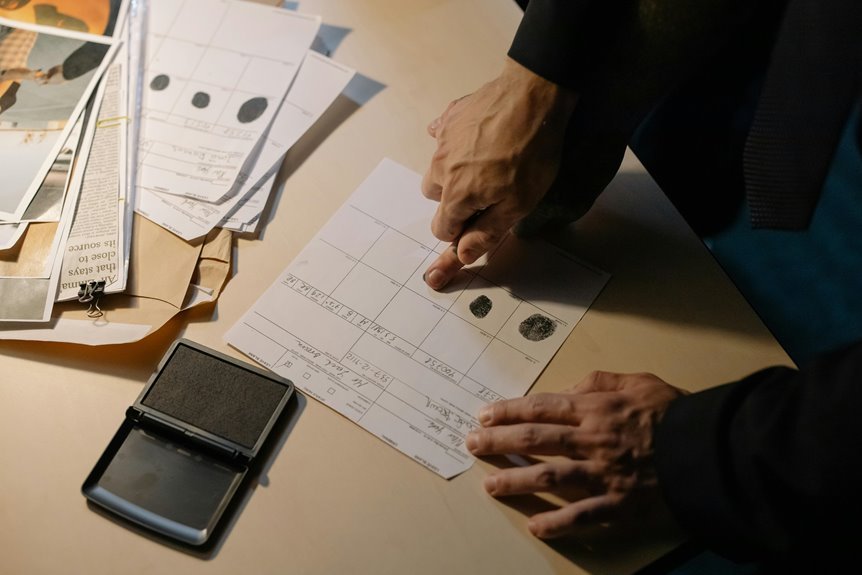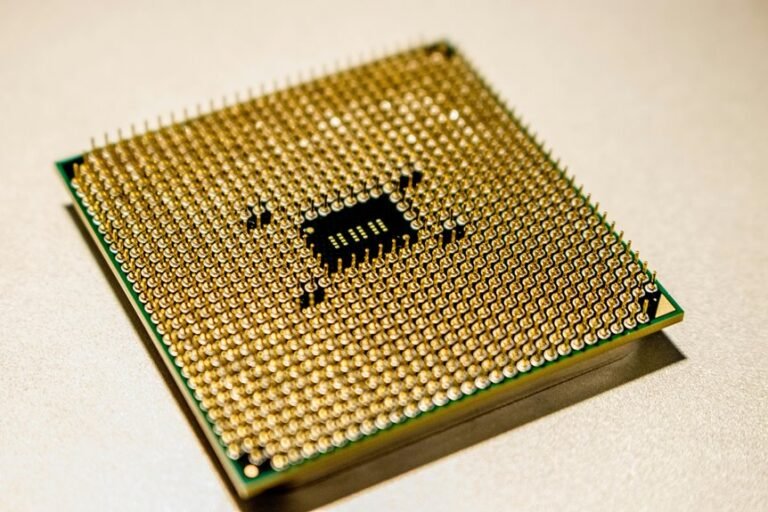Caller Identity Authentication Research Unit 4806161709 4108014775 3128185250 8665013689 9492827016 8663563655
Fraudulent calls account for nearly 40% of all phone scams, making caller identity authentication a critical focus. The Caller Identity Authentication Research Unit is investigating specific numbers—4806161709, 4108014775, 3128185250, 8665013689, 9492827016, and 8663563655—to uncover patterns in these scams. This research aims to develop advanced verification technologies that could change how we protect personal information. What innovative solutions might emerge from these findings?
The Rise of Caller Scams and Identity Theft
As caller scams proliferate, you may find yourself increasingly vulnerable to identity theft.
Effective caller education is crucial for scam prevention. Understanding the tactics used by scammers helps you identify red flags, empowering you to take proactive measures.
Key Numbers Under Investigation
Scammers often use specific phone numbers that raise red flags, prompting investigations by authorities and telecommunications providers.
The investigation process reveals key findings about patterns and networks behind these numbers. These findings help identify high-risk callers, allowing you to protect your privacy.
Technologies for Caller Identity Verification
While traditional caller ID systems provide basic identification, advanced technologies for caller identity verification offer a more robust solution to combat fraud and enhance security.
Biometric verification, such as fingerprint and facial recognition, ensures that only authorized users can make calls.
Additionally, blockchain security facilitates secure, tamper-proof records of caller identities, creating a transparent system that protects your personal information from unauthorized access.
Future Directions in Caller Authentication Research
Emerging trends in caller authentication research are shaping the future of secure communications.
You’ll see a shift toward biometric authentication, enhancing security through unique personal identifiers.
Additionally, integrating blockchain technology will provide decentralized verification, ensuring transparency and trust.
These advancements promise to safeguard user privacy while empowering individuals with greater control over their identity in an increasingly interconnected world.
Conclusion
As the shadows of caller scams loom larger, your vigilance becomes your shield. By investigating the specific numbers and harnessing cutting-edge technologies like biometrics and blockchain, the Caller Identity Authentication Research Unit is paving the way for a safer communication landscape. You hold the power to protect your personal information, transforming uncertainty into security. With each advancement, we’re not just unraveling the web of deceit; we’re stitching together a future where trust reigns supreme in every call.





